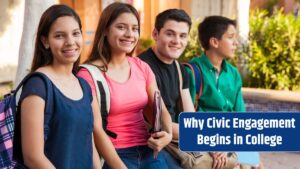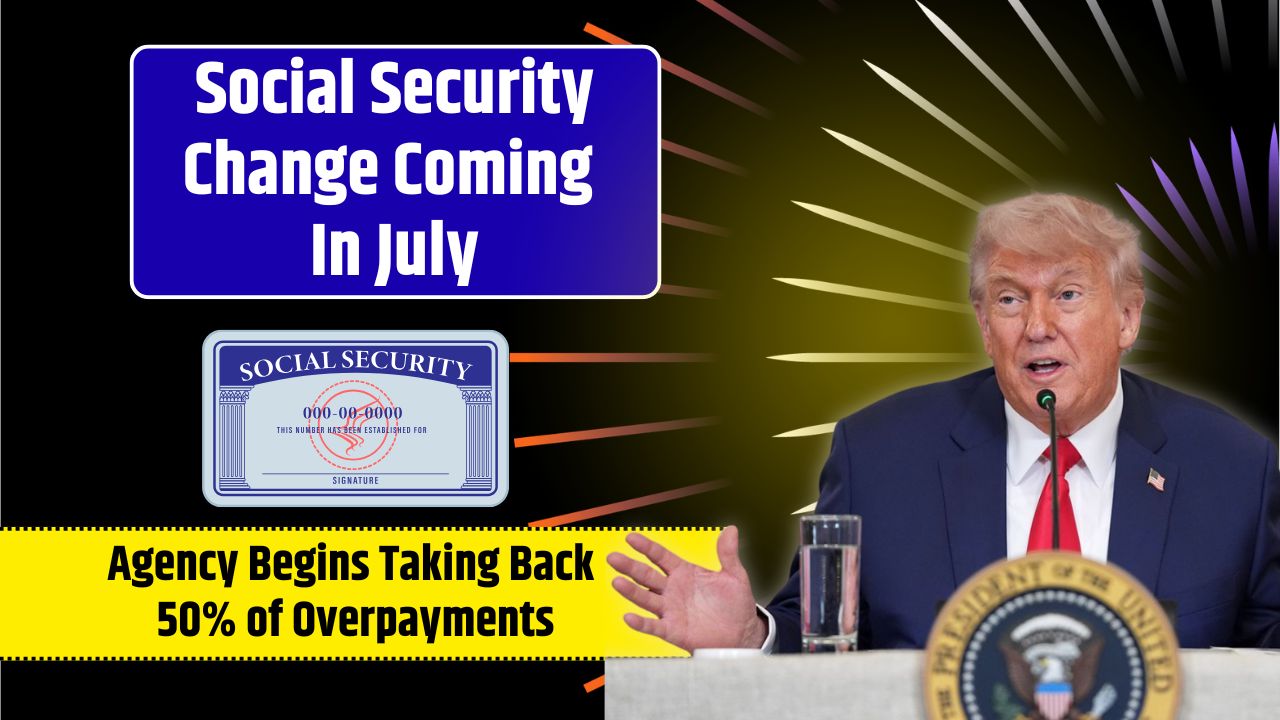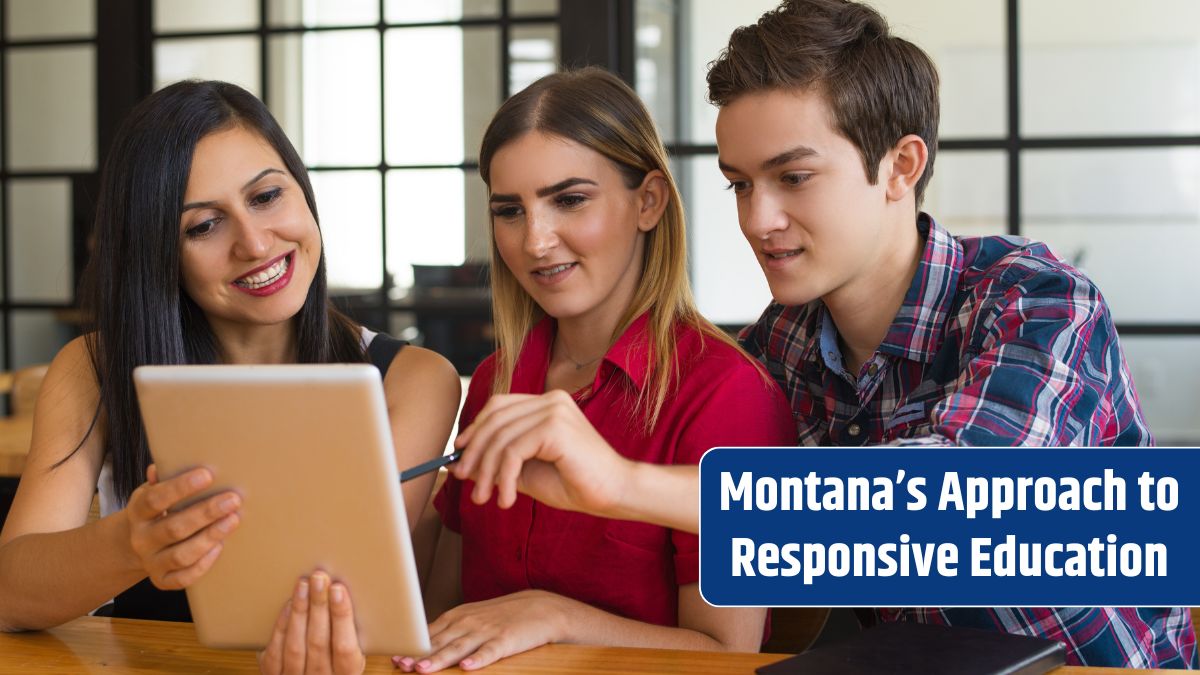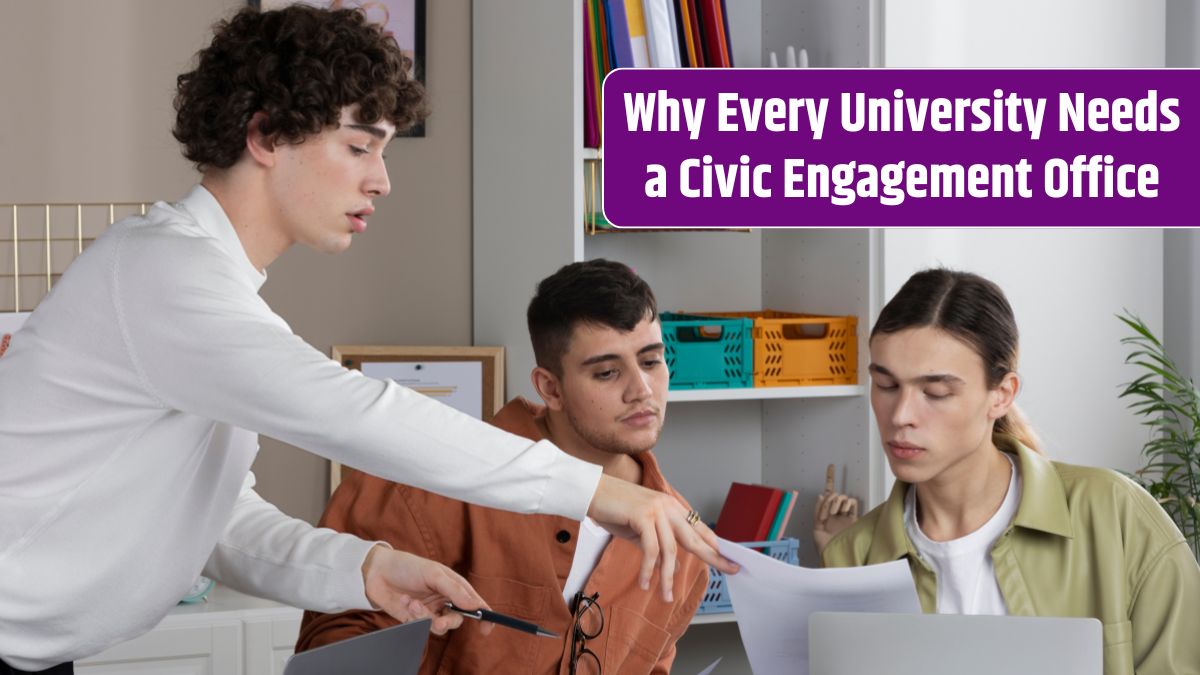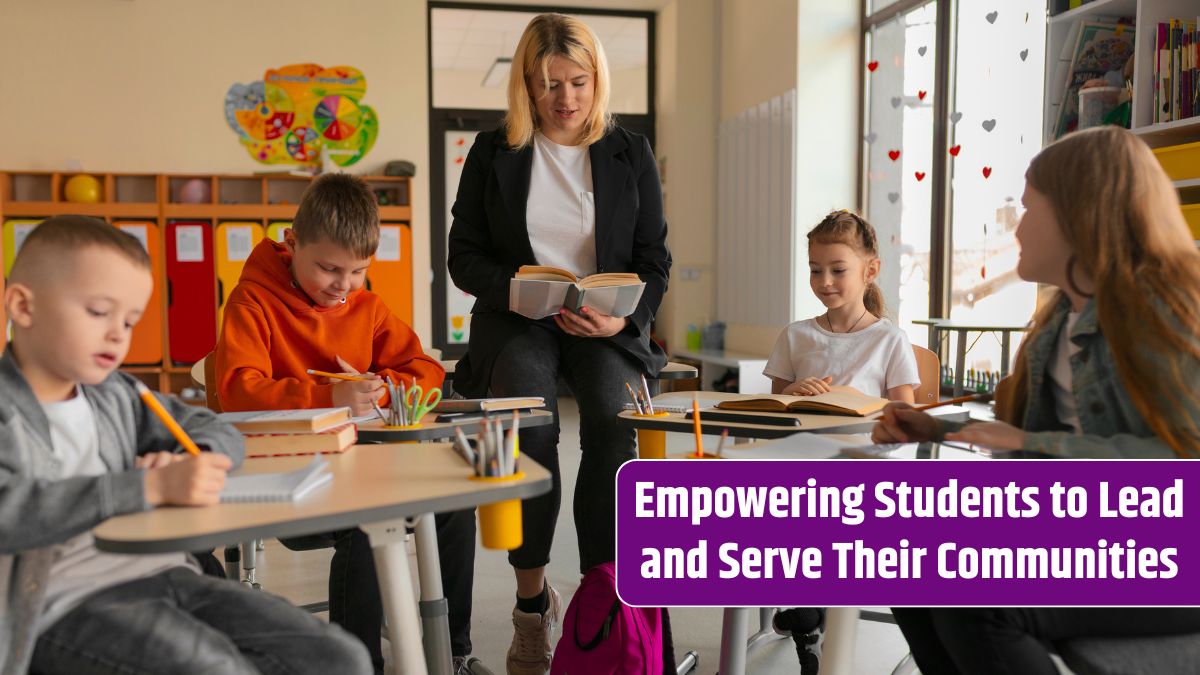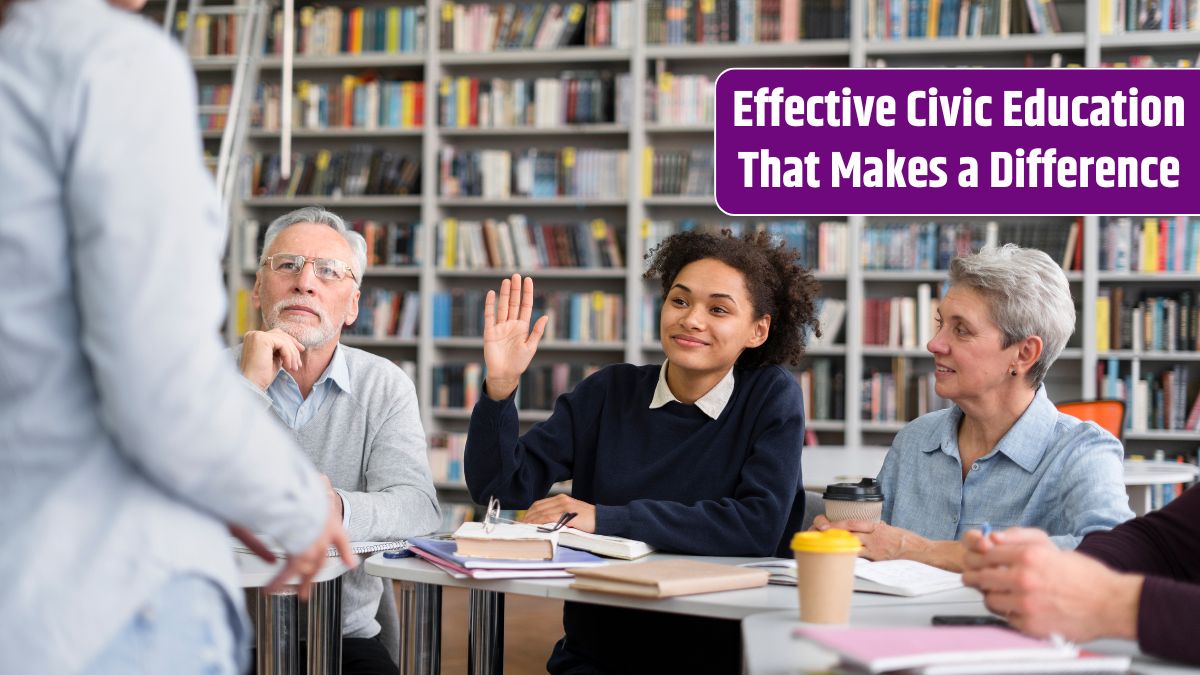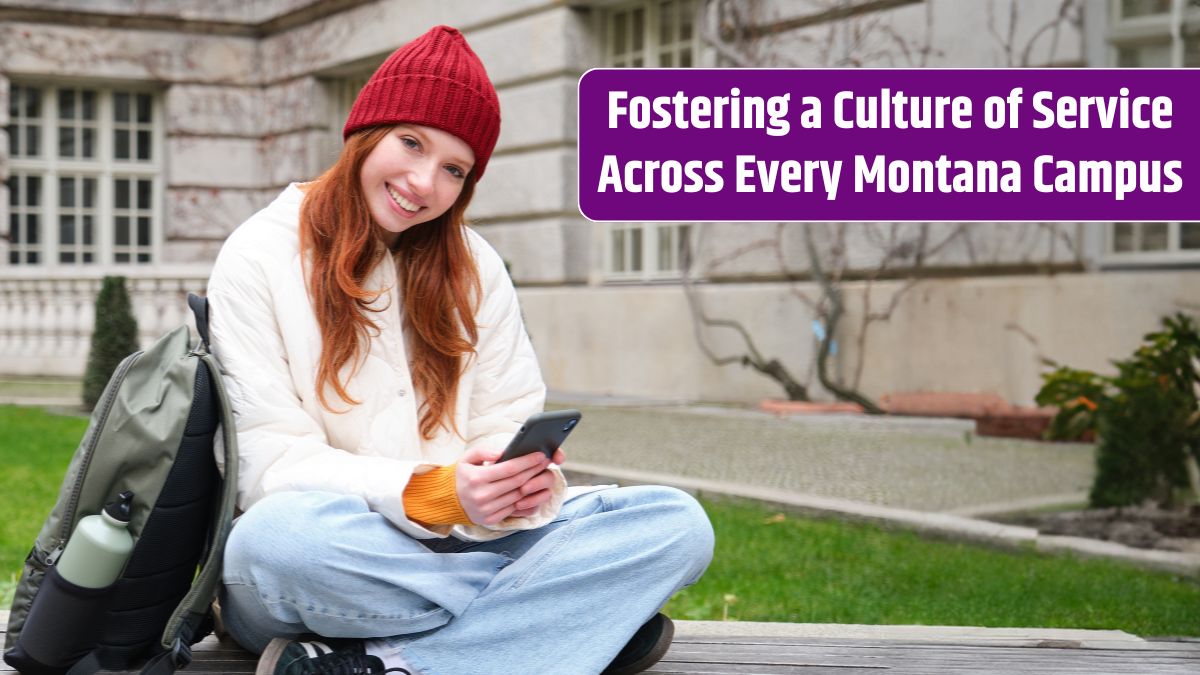Helping students know their role in society isn’t just about teaching them facts—it’s about empowering them to think critically, participate actively, and care about their communities. That’s where innovative teaching models step in. They don’t just teach civic awareness—they bring it to life. Let’s cut into how modern classrooms are transforming education with fresh strategies that make civics meaningful, engaging, and practical.
Table of Contents
Purpose
Civic education isn’t just about government structures or voting rights. It’s about building informed citizens. Innovative teaching methods help students know real-world issues, engage in their communities, and shape opinions through meaningful discussions.
The goal? Move beyond textbooks and into action—developing empathy, promoting activism, and encouraging critical thinking. Today’s classrooms aren’t just preparing students for tests—they’re preparing them for life.
Models
Let’s break down some powerful teaching models making waves in civic education.
Project-Based Learning (PBL)
PBL gives students real-world problems to solve. Whether it’s organizing a mock election or creating a campaign on local issues, this model lets them look, collaborate, and present solutions. It’s hands-on learning with a purpose.
Service
This blends classroom instruction with community service. Students might clean up parks, organize donation drives, or volunteer at civic events—while reflecting on the social impact. It links theory to action in a way no textbook can.
Socratic Seminars
A bit like a debate, but more thoughtful. Students discuss current events or philosophical ideas in a group setting. They learn to listen, question, and respect diverse perspectives—core civic skills.
Digital Simulations
Think “government class meets virtual reality.” Simulations like virtual city councils or model UNs put students in leadership roles. They negotiate, advocate, and make decisions in a simulated civic environment.
Flipped Classrooms
Instead of lectures in class and homework at home, flipped models do the reverse. Students learn the basics via video or reading before class, freeing up classroom time for debates, group work, and problem-solving exercises.
Impact
So, how do these models actually promote civic awareness? Let’s look at the outcomes:
| Teaching Model | Civic Skill Developed | Real-Life Benefit |
|---|---|---|
| Project-Based | Problem-solving, collaboration | Community engagement |
| Service Learning | Empathy, responsibility | Stronger sense of citizenship |
| Socratic Seminars | Critical thinking, communication | Better civil discourse |
| Digital Simulations | Decision-making, leadership | Understanding of governance |
| Flipped Classrooms | Active learning, debate | Stronger civic reasoning |
These aren’t just feel-good strategies. They build long-term awareness and action. Students don’t just learn civics—they live it.
Barriers
Of course, nothing’s perfect. These innovative models face a few challenges:
- Time constraints: Teachers have limited hours to fit creative models into packed curriculums.
- Lack of resources: Not all schools have access to tech or support staff.
- Standardized testing pressure: Teachers often feel forced to “teach to the test.”
But despite these hurdles, many educators still find ways to innovate—because the payoff is worth it.
Solutions
Here’s how schools can push through the challenges:
- Professional development: Training teachers to use these models effectively.
- Community partnerships: Local organizations can support service-learning efforts.
- Policy support: Encouraging educational policies that value civic engagement over rote testing.
When we give teachers the right tools, they do incredible things.
Today’s world needs citizens who think critically, act responsibly, and care deeply. That starts in the classroom. Innovative teaching models bring civic awareness alive—not just as a subject, but as a mindset. When students learn by doing, they remember. They care. And they grow into the kind of citizens every democracy needs.
FAQs
What is project-based learning in civics?
It’s when students solve real civic issues through hands-on projects.
How does service learning promote civic awareness?
It connects lessons with real community service for deeper understanding.
Why use digital simulations in classrooms?
They let students role-play civic duties like lawmaking or governing.
What’s a Socratic seminar?
It’s a structured group discussion around civic or ethical topics.
Can civic learning fit standardized testing?
Yes, with creative planning and support, it absolutely can.


